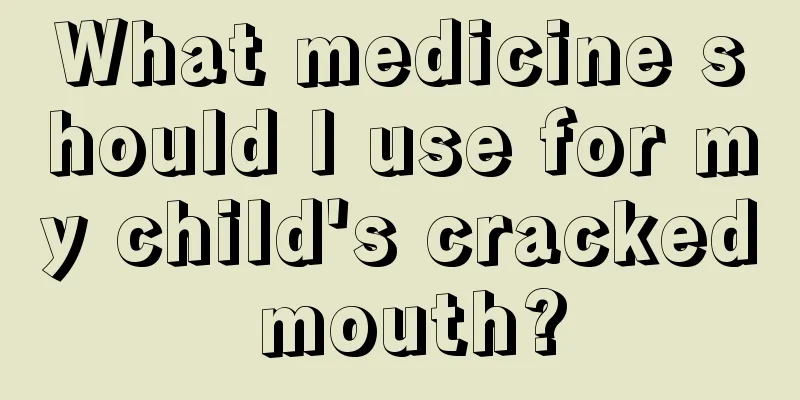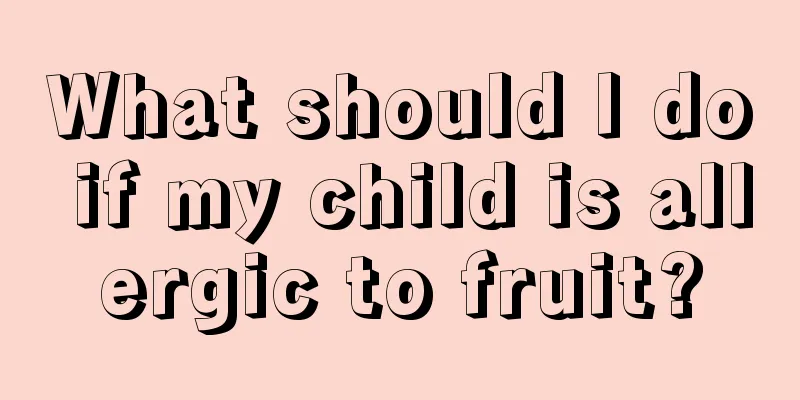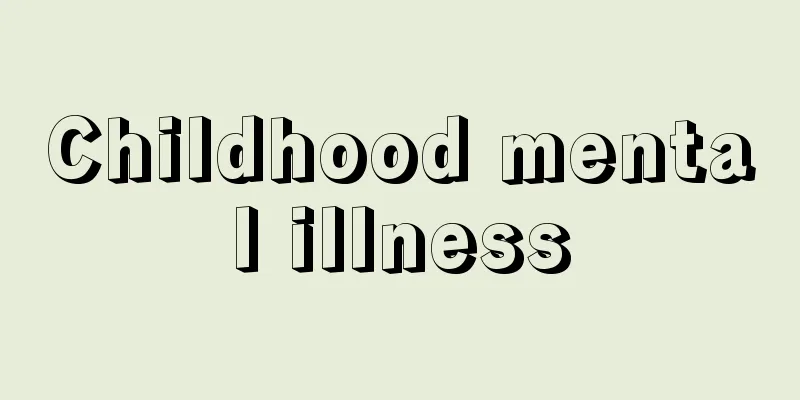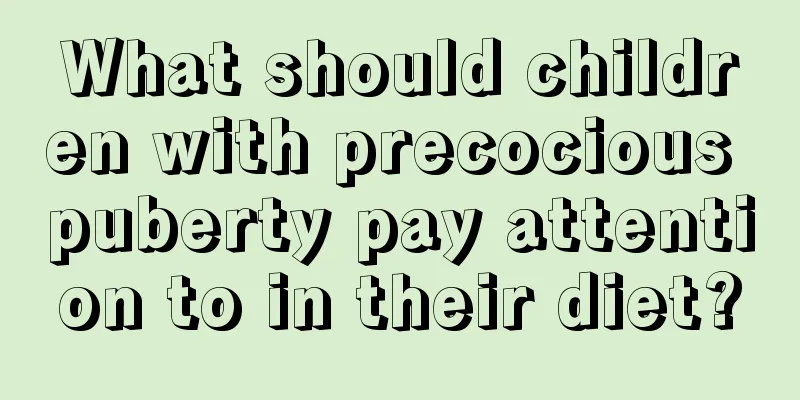When do baby dimples appear?

|
Many people have dimples when they smile, but some people do not have them. Although dimples are common, not everyone has them. Some people have them after they are born, while others have them after they grow up for a period of time. Different people have different appearances of dimples, but people with dimples usually make their smiles charming. When do baby dimples appear? When Do Baby Dimples Appear? In our daily life, many people have dimples on their faces when they smile. This is a kind of skin depression caused by the movement of the masseter muscle. Generally, dimples can make the smile more beautiful and charming. Dimples are recessive genetics. 60% of a person's appearance is inherited, and the other 40% is the result of acquired mutations. So a baby may have dimples, or may not have dimples now but will have them in the future. All of these situations are possible. What are the genetic rules for dimples? Dimples and long eyelashes are your most beautiful features; dimples and long eyelashes make you hopelessly charming. From ancient times to the present, dimples have always shown the greatest charm of girls' expressions. So many people envy the dimples on other people’s faces and wish they could create one for themselves. Sweet dimples can easily give the opposite sex a sense of beauty like "a beautiful face like peach blossoms" and have a strong appeal to the opposite sex. Why do babies have dimples when their parents don’t? Generally, dimples are a dominant trait. As long as one of the parents has dimples, the baby will have dimples because the dominant factor can cover the invisible factor and express the genetic information. If both parents do not have dimples, the chance of the baby having dimples is very small, unless a gene mutation occurs during gene recombination. Another possibility is that the baby's facial muscles are relatively developed, the zygomatic muscles are very plump, and there is more subcutaneous fat, so dimples appear when smiling. If both the prospective parents have dimples: 75% chance that the baby will have dimples (1) Prospective parents: AA AA (both are dominant genes) The baby's symptoms are: AA, AA, AA, AA If both the expectant father and the expectant mother have dimples, the probability of the baby having dimples is 100%. (2) Prospective parents: AA Aa (one of the prospective parents carries the recessive gene) The baby's symptoms are: AA, Aa, AA, Aa With this gene combination, the probability of the baby having dimples in the future is 100%, but there is a 50% chance that the baby is carrying a recessive gene. (3) Prospective parents: Aa, Aa (both prospective parents carry recessive genes) The baby's symptoms are: AA, Aa, AA, aa Based on the genetic combination of the expectant father and the expectant mother, we can know that the probability that the baby will have dimples in the future is 75%, and the probability of not having dimples is 25%. |
<<: If the baby is not awake, does it mean he is not hungry?
>>: Is it okay for a baby to sleep on his left side?
Recommend
What are the effects of general anesthesia on children?
If a child needs to undergo general anesthesia, p...
What should you pay attention to when your baby has a cold and is a little wheezing?
Many parents have faced the problem that their ba...
What should I do if my child's tonsils are enlarged to the third degree?
Because children have relatively low resistance, ...
What are the dietary treatments for high fever in children?
When the body has a fever, it is necessary to cho...
Children have a fever 385
We all know that children are particularly prone ...
What are the early symptoms of heart disease in children?
For parents, the health of their baby after birth...
Why does my child’s legs tremble?
Many functions of children's bodies are not y...
What are the symptoms of thalassemia in babies?
The disease of thalassemia is somewhat hereditary...
What are the correction methods for amblyopia in children?
Amblyopia in children is a common eye disease in ...
What should I pay attention to when my child has cough variant asthma?
Cough variant asthma is a disease that is common ...
If the baby has a fever, will it cause cramps?
The physical condition of babies nowadays is not ...
My baby doesn't cough during the day but coughs when sleeping at night. Why?
The baby is the expectation of the whole family. ...
My child has been losing his temper lately. What's going on?
Losing temper is quite common in our lives. Peopl...
What are the symptoms of tics in children?
Children are lively and active, and often do thin...
Causes and treatments of tonsillitis and cough in children
Friends who have babies around them will definite...









